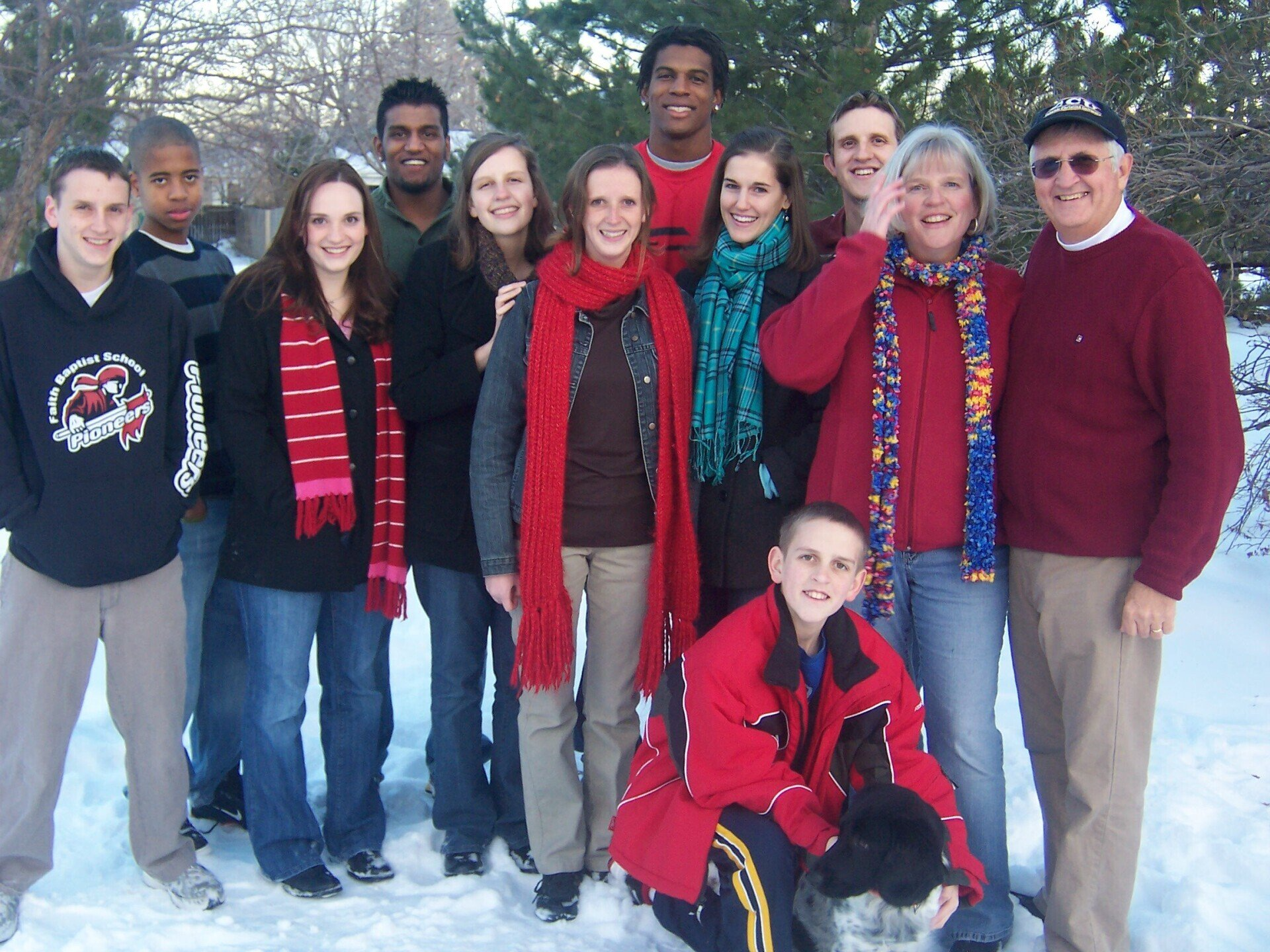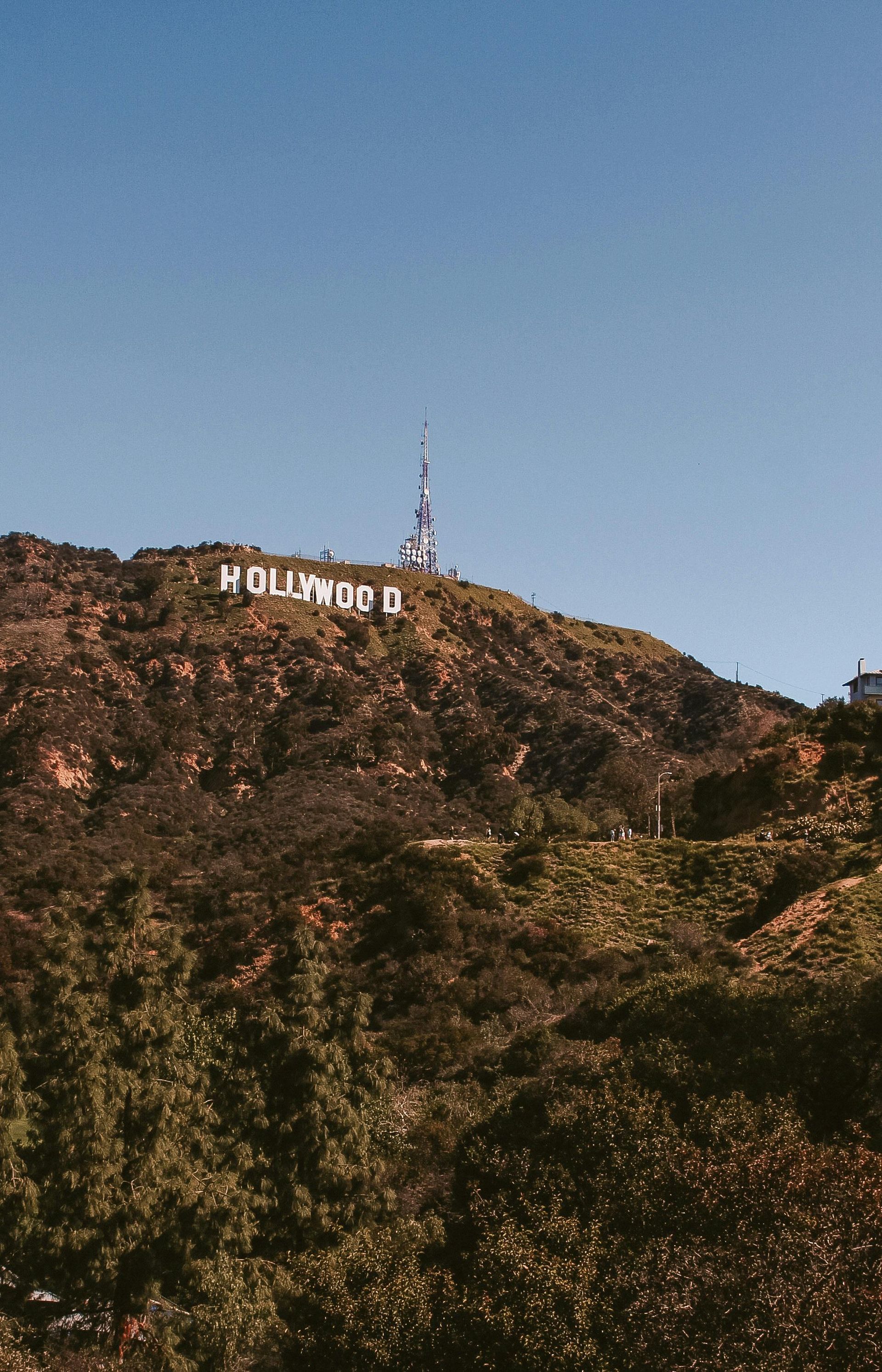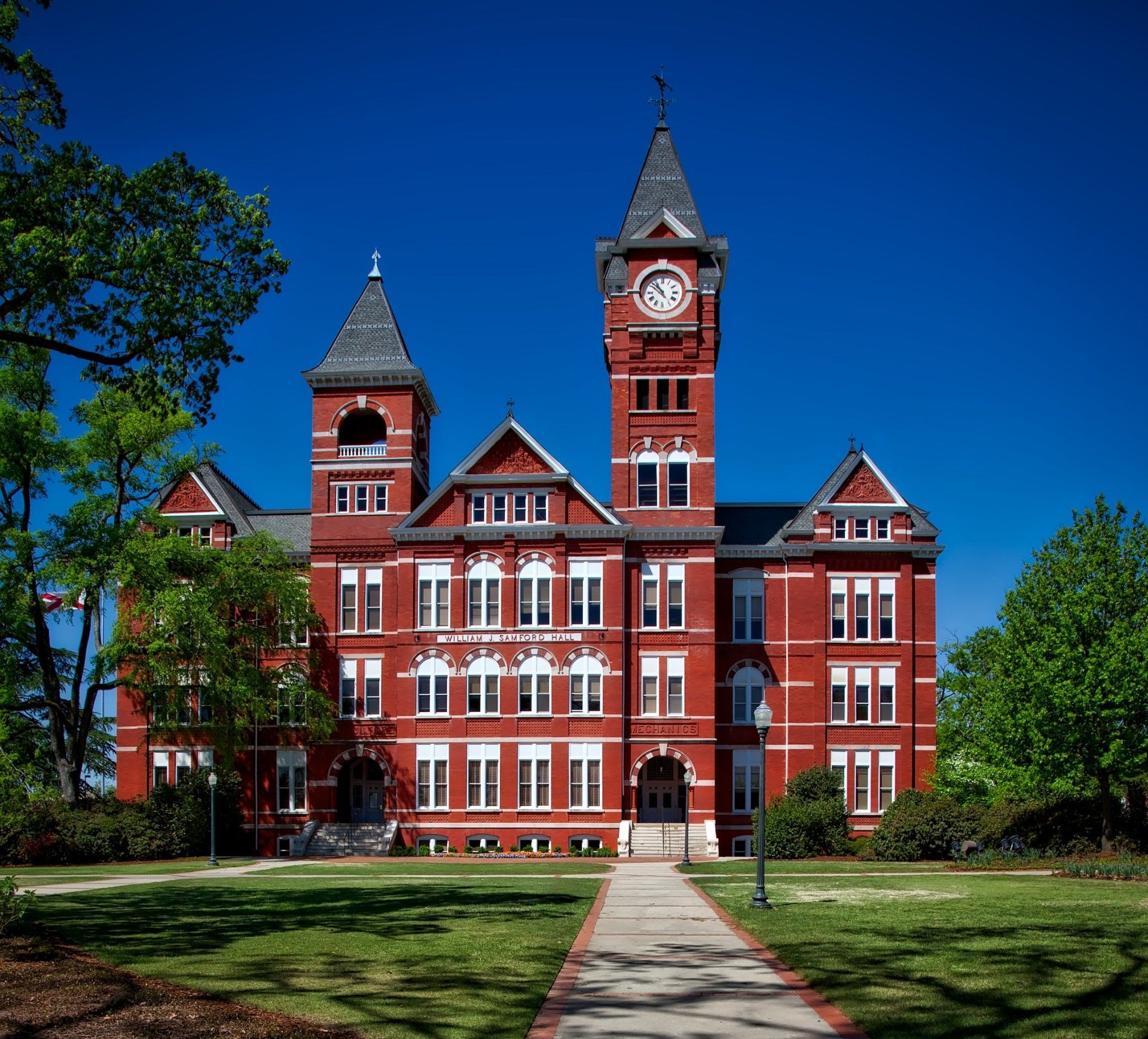The Introduction to my book on Fundamentalism
Fundamentalism is a powerful force for the Kingdom
INTRODUCTION
Modern Fundamentalism has resurfaced after two generations of obscurity. Popular media report that the Religious Right is now a factor in American politics, social policy, and cultural direction. Spokesmen such as Jerry Falwell and organizations like the Moral Majority have visibility that Fundamentalists have not experienced in over fifty years.
To the general public and even the scholarly community Fundamentalism is a vague collection of people and ideas. Little is known about it except the certainty that it is to be feared and that it is a threat to the mainstream of American life. These feelings are understandable given the history and image of Fundamentalism. But, as with most historical subjects, the reality is far more complex than the myth.
The problems begin with definition. Who are the Fundamentalists? First, we must state categorically who they are not. Fundamentalists are not Pentecostals or Charismatics. In fact, they have always been very critical of these movements. Well known Charismatics such as Pat Robertson, Jim Bakker, and Jimmy Swaggart have been misidentified as Fundamentalists. They are not. They are part of an important, but distinct, American religious tradition, with different roots and different emphasis.
Second, Fundamentalists are not Evangelicals. The two terms began to be used commonly after the Second World War. Evangelicals generally agree with Fundamentalists on major doctrinal issues--the infallibility of Scripture, the literal return of Christ, the literal resurrection of Christ, etc.--but disagree on how the Christian should relate to culture. Evangelicals believe in "infiltration." The orthodox Christian is to have values that are distinct from society but should involve himself or herself in society's institutions, e.g., public education. Public universities will have hundreds, even thousands of Evangelical students and a significant number of Evangelical professors.
Fundamentalists are committed to "separation." The orthodox Christian should not involve himself or herself in society's institutions. They should, instead, be committed to distinctively Fundamentalist institutions. As a result, one rarely finds Fundamentalist students at a public university and Fundamentalist professors are virtually nonexistent.
Third, they are not a predominantly rural, lower class movement. H. Richard Niebuhr referred to them as having "little strength in the urban and industrial sections of the country," but "active in many rural states." Modernism was "bourgeois" and Fundamentalism lower class.Fundamentalist leaders actually bore no resemblance to this stereotype. "Their base of support was indistinguishable from that of the Modernists."
Fourth, they are not found primarily in the South. Fundamentalism began in the North before the Civil War. "Until the 1920s...Southern revivalist conservatism and Northern fundamentalism developed more or less independently."Currently Fundamentalism is well represented in southern states but is common throughout North America.
Fifth, Fundamentalism is not a "psychological" profile determined by a reaction to change. It is primarily an intellectual movement, albeit with social implications. "It might be supposed that fundamentalism was primarily a response to social and political conditions. It was not." Instead, "it was what its proponents most often said it was--a response to the spread of what was perceived as false doctrine."Fundamentalism began and has continued to be a movement that centers on intellectual issues.
But though we can state who the Fundamentalists are not, can we define who they are? They are almost always people who call themselves by that name. They cherish the word and understand its historical and social significance. They are committed to the doctrines of historic Christian orthodoxy. But they have a strong view of "separation" from society. "The movement has been characterized by an emphasis on the doctrine and practice of holiness....The word holiness, or sanctification, carries the basic idea of separation."They also believe in "militantly" defending the historic Christian faith. "The only true Fundamentalist is a fighting Fundamentalist."
Fundamentalism as a distinct movement began in the nineteenth century. Prominent clergymen and laymen from the major Protestant denominations began holding their own Bible conferences, stressing historic Christian doctrines they felt were being neglected.They saw theirs as a fight against "Modernism," that is, the new ideas becoming prominent during this period--Darwinism, higher criticism of the Bible, etc. Toward the end of the century they began to form their own Bible colleges that included in their curriculum distinctive Fundamentalist concerns.
In the 1920s Fundamentalism found itself in serious conflict with the currents of two major denominations--Baptist and Presbyterian. The Fundamentalists battled for control of these organizations but lost. In the 1930s they began to withdraw from the mainline denominations, forming their own organizations. In a real sense they disappeared from public and historical view, and ceased to be a factor in the public arena of American life.
For two generations Fundamentalists kept to themselves. They enjoyed a thriving institutional life with their own churches, denominations, colleges, volunteer societies, and publishing houses. Instead of trying to infiltrate larger social organizations they chose instead to separate themselves from wider involvement.
In the mid-1970s, however, Fundamentalists again became a factor in public life. Scholars debate the reasons for this and part of the focus of my research will attempt to answer this question. But it is generally agreed that Fundamentalism is a component of contemporary social life that needs reexamination.
Much of the fear of Fundamentalism stems from ignorance. One can read from a wide range of sources about the political power of the religious right and its threat to American society. But these fears are not grounded in a clear understanding of Fundamentalism. A further objective of my research is to give deeper insight into the movement and explain why many of the fears are groundless.
Fundamentalism is hardly monolithic. One can identify up to one hundred different Fundamentalist groups, each with its own agenda, and with virtually no inter-group coordination. The Falwell wing of the Religious Right does not enjoy anything close to exclusive loyalty from Fundamentalists. It is quite possible he is not supported by a majority of them.
Fundamentalism is divided into two distinct camps when it comes to political and social involvement. First, there is the Falwell wing, a strongly interventionist group of "neo-Fundamentalists" who see their mission as saving America. The Liberty Foundation (formerly Moral Majority) seeks to influence public policy on issues such as abortion, pornography, religious freedom, and defense of America against Communism. It registers voters, encourages letters to Congress, and takes positions on numerous political issues.
But another wing of Fundamentalism excoriates Falwell for betraying the historic distinctive of the movement--separation from "the world." One leader of the militant, far right called separation "the burning issue of our time." To him this means withdrawing oneself from all activities, organizations, and relationships that would taint one's theological and ethical purity. These are the "militant" Fundamentalists, who claim with pride to occupy the most extreme right-wing position in American Protestantism. An examination of this group will add considerable insight into the nature of Fundamentalism. It could alter the way the Religious Right is perceived by the academic community and it should help more clearly define a group that exists mostly as a caricature.
The militant, far right of Fundamentalism shuns political involvement, believes the true church separates completely from society, and is fragmented politically. Rather than hoping to take over American society, this group flees society, and only involves itself politically when its ability to remain separate is threatened. This demonstrates that a large element in Fundamentalism has no interest in political involvement and has little interest in the American mainstream.
Even the far right of Fundamentalism is composed of thousands of organizations and independent churches. Naturally, a study of all of them would not be possible within the parameters of my research. However, there is one group that is probably the largest organization of the militant right and is one of the most influential--the Fundamental Baptist Fellowship. Composed of thousands of pastors from all parts of North America it is a loud and representative voice of militant Fundamentalism.
The central focus of this study is the FBF. They are representative of Fundamentalism both in terms of history and present practices. The thesis of this research is that many Fundamentalists, instead of attempting to "take control" of American society are doing the exact opposite. They are separating themselves from American society, fleeing its institutions and influences. The history and present posture of the FBF is evidence of this trend. It shows a decreasing involvement in American society rather than an attempt to wield greater influence. This research will examine and chronicle the FBF departure from the American mainstream, from involvement in a major American Protestant denomination to complete separation from all American ecclesiastical and education institutions.
Fundamentalists suffer from a negative public profile which, at least in part, they have brought upon themselves. But Fundamentalism also suffers because of the ignorance of the general public and the academic community. The historical community is responsible for addressing this problem and this research takes a small step in that direction.
Predictably, there is considerable debate over the definition of these religious traditions. Pentecostal churches are those Protestant churches that emphasize a special work of the Holy Spirit as an experience different from conversion and evidenced by speaking in tongues. The modern Pentecostal movement began in 1901 and now includes denominations such as the Assemblies of God, the International Church of the Foursquare Gospel, and the United Church of God in Christ. The Charismatic movement has many of the characteristics of the Pentecostals but is to be found within major Protestant denominations and Roman Catholic churches as well as independent churches. The emphasis on tongues speaking and special religious experience is present here as well. For our purposes the most important consideration is that those who call themselves Fundamentalists emphatically deny any connection with or legitimacy of the Pentecostals or Charismatics.
For an extended discussion of Niebuhr see Ernest R. Sandeen, The Roots of Fundamentalism: British and American Millenarianism, 1800-1930 (Chicago: University of Chicago Press, 1970), p. xi.
Ibid., p. xii.
George Marsden, Fundamentalism and American Culture: The Shaping of Twentieth Century Evangelicalism, 1870-1925; (Oxford and New York: Oxford University Press, 1980), p. 103.
Marsden, p. 159, emphasis his.
David O. Beale, In Pursuit of Purity: American Fundamentalism Since 1850; (Greenville, S. Car.: Unusual Publications, 1986), p. 6.
7Beale, p. 357.
Those major doctrines would include the infallibility of the Bible, the divine nature of Christ, his Virgin birth, his bodily resurrection, literal second coming, and atoning death on the cross.
Chuck Cofty, then General Director of the FBF, in a personal interview.
I have read numerous quotations in both popular and academic writing that gives a number for Fundamentalists but these are nothing but educated guesses, and, I think, poorly educated at that. I have acquiredpublications from about ten different Fundamentalist organizations. Add to this the number of Fundamentalist colleges and seminaries that advertise in these publications--the number is around fifty--and one begins to see that this is a fairly large but indistinct subculture. The president of the Fundamental Baptist Fellowship (FBF), Dr. Rod Bell, claims several thousand pastors are connected with his organization. By any account there are many Fundamentalists and the FBF, the focus of this research, is a large organization.
401st Prophet Blog
Useful Links
Join my email list
Newsletter Opt-In Footer
Thank you for signing up!
Oops, there was an error.
Please try again later.
All Rights Reserved - Phil Mitchell | Site Design by Adam Wills Marketing











